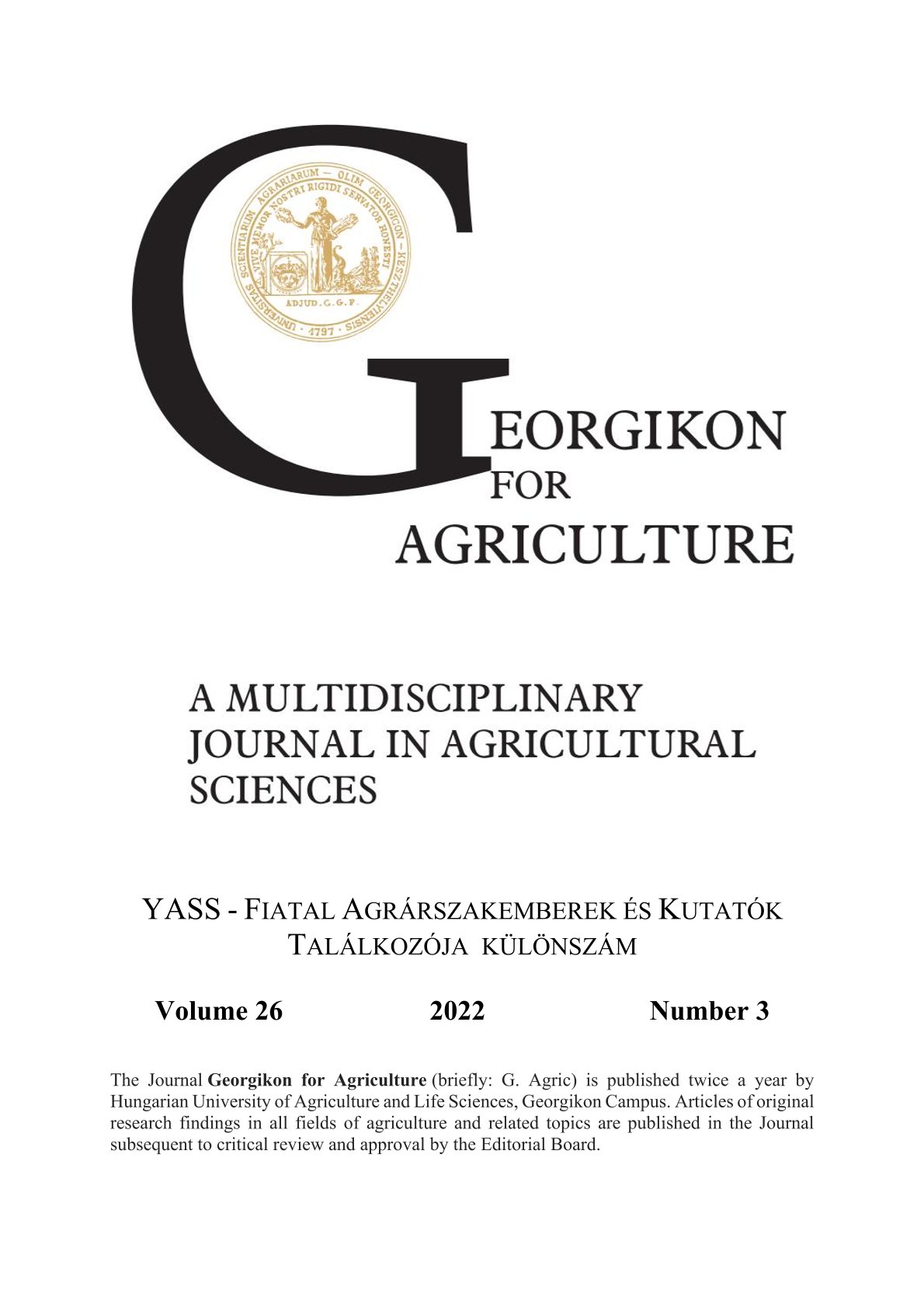Assesment of interregional generalisability of conservation management experiments on Molinia meadows
Keywords:
semi-natural grasslands, mowing, mulching, burning, species composition, forage valueAbstract
The economic importance of grasslands has reduced to a fraction of its former importance due to the decline of extensive livestock farming and other social and economic changes, in many cases these habitats are now maintained through conservation interventions, which, due to their low economic potential, are always dependent on the availability or lack of human and economic resources. For this reason, the maintenance of these semi-natural habitats is one of the greatest challenges for conservationists. We have selected sample areas (Nyirád and Batyk) in two different regions, where we wanted to check the impact of three management methods (mowing, mulching, burning) on the vegetation and its forage value by annual surveying of permanent quadrats. Our aim is to investigate the relationship between the trends observed at the two different sites in order to provide an indirect picture of the broader generalisability of the results. There was similar scale variability in species composition within each sample site as between the two sample sites. However, there was a very significant difference in forage value between the two Molinia meadows. The effect of one treatment applied on forage quality did not prove statistically valid, although burning, which was considered the most drastic, caused the largest change in Nyirád, and the untreated control plots had the largest change in Batyk, illustrating the importance of seasonality. In order to provide generalisable findings which could be considered optimal from a conservation point of view, the experiment should be continued in the following years.
References
Balázs, F. 1960. A gyepek botanikai és gazdasági értékelése. Mezőgazdasági Kiadó, Budapest
Bódis, J., Fülöp B., Lábadi V., Mészáros A., Pacsai B., Svajda P., Valkó O., Kelemen A. 2021. One year of conservation management is not sufficient for increasing the conservation value of abandoned fen meadows. Tuexenia 41. 381–394. https://doi.org/10.14471/2021.41.015
Fülöp, B., Pacsai, B., Bódis, J. 2021. The role of executed conservation treatments in the preservation of botanical values on the shore of Lake Balaton, Gyepgazdálkoási Közlemények 19. 21–23.
IBM Corp. 2015. IBM SPSS Statistics for Windows, Version 23.0. Armonk, NY: IBM Corp.
Kuhn, T., Domokos, P., Kiss, R., Ruprecht, E. 2021. Grassland management and land‐use history shape species composition and diversity in Transylvanian semi‐natural grasslands. Applied Vegetation Science 24. e12585. https://doi.org/10.1111/avsc.12585
R Core Team 2021. R: A language and environment for statistical computing. R Foundation for Statistical Computing, Vienna, Austria. https://www.R-project.org/
Valkó, O., Deák, B. 2021. Increasing the potential of prescribed burning for the biodiversity conservation of European grasslands. Current Opinion in Environmental Science & Health https://doi.org/10.1016/j.coesh.2021.100268
Valkó, O., Török, P., Tóthmérész, B., Matus, G. 2011. Restoration Potential in Seed Banks of Acidic Fen and Dry-Mesophilous Meadows: Can Restoration Be Based on Local Seed Banks? Restoration Ecology 19. 9–15. https://doi.org/10.1111/j.1526-100X.2010.00679.x
Valkó, O., Venn, S., Zmihorski, M., Biurrun, I., Labadessa, R., Loos, J. 2018. The challenge of abandonment for the sustainable management of Palaearctic natural and semi-natural grasslands. Hacquetia 17. 5–16. https://doi.org/10.1515/hacq-2017-0019
Downloads
Published
Issue
Section
License
Copyright (c) 2022 Fülöp Bence, Pacsai Bálint, Bódis Judit

This work is licensed under a Creative Commons Attribution-NonCommercial-NoDerivatives 4.0 International License.
Cikkre a Creative Commons 4.0 standard licenc alábbi típusa vonatkozik: CC-BY-NC-ND-4.0. Ennek értelmében a mű szabadon másolható, terjeszthető, bemutatható és előadható, azonban nem használható fel kereskedelmi célokra (NC), továbbá nem módosítható és nem készíthető belőle átdolgozás, származékos mű (ND). A licenc alapján a szerző vagy a jogosult által meghatározott módon fel kell tüntetni a szerző nevét és a szerzői mű címét (BY).




